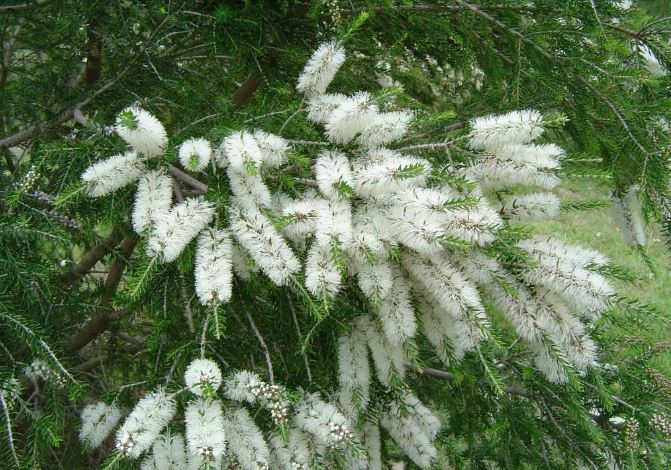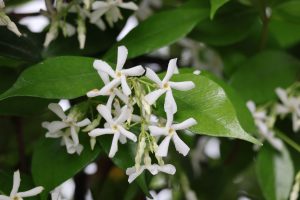The dense spreading canopy of the native tree Moonah is a common feature of some streetscapes in Melbourne, where it proved a fairly inauspicious street tree over the years.
However, while life as a street tree didn’t suit it, it does have an impressive history amongst indigenous people, it’s also an invaluable food and habitat plant for wildlife, and is now proving it can make it as a landscape plant.
The species name lanceolata refers to the lance-shaped leaves that are actually not in the least sharp, despite the name. The flowers are a spike (bottle brush-like) and cover the tree in white or cream in summer.
It is useful as a windbreak, especially when used in groves or clumps, which more mimics how it grows naturally, especially in coastal environments. Ian Barker has used it at our recent Blairgowrie garden design project, for example, as an effective privacy screen.
Moonah has proven to be a very good plant to hedge because of its denseness. This, along with its toughness and drought tolerance, has undoubtedly added to its increasing appeal as a landscape plant.
The search for new and different sculptural elements for landscapes has also brought Moonah attention. With more creative pruning than any received as a street tree, Moonah’s twisted and contorted branches can create a striking landscape feature.



